For 50 days 10-year-old Lilly Vanden Bosch waited for the good news.
With one or both of her parents constantly by her side, Lilly underwent day after day of treatments and tests leading up to and then after a life-changing bone marrow transplant at Spectrum Health Helen DeVos Children’s Hospital.
And finally, just when exhaustion began to set in and hope wore thin, the good news came.
Doctors declared the transplant a success on Sunday and gave Lilly permission to step outside her ninth-floor room and wander the halls a bit, wearing only a surgical mask to protect her compromised immune system.
Two days later she earned the all-clear to go home. At home, where carpets and duct work have been commercially cleaned, visitors will be kept to a minimum for a time and dietary restrictions will be in place.
“I’m so excited to walk out that door,” she said after receiving the A-OK. “Me and my mom and dad will be stuck at home, but that’s a lot better than the hospital. And I’ll be able to go outside!”
Ulrich Duffner, MD, director of clinical services for the Pediatric Blood and Bone Marrow Transplant Program at Helen DeVos Children’s Hospital, can’t yet declare victory in Lilly’s three-year battle with severe aplastic anemia.
But all signs point in that direction now that the bone marrow she received from a European donor on November 27 has officially engrafted. This means that her absolute neutrophil count—which measures specific white blood cells that fight infection—exceeded the benchmark of 500 for three days in a row.
Plus, all the cells appeared to be from the donated marrow, meaning Lilly’s body isn’t working to reject the transplant.
Ups and downs
These signs of success were slow to emerge for Lilly. On average, aplastic anemia patients see engraftment in about 18 days, Dr. Duffner said. Using that information as their guide, the Vanden Bosch family had hoped to be home in time for the holidays.
Since mid-December, however, Lilly’s blood counts rocketed upward and then spiraled down. Then up. And down again.
“When I was in my teens and 20s, I loved roller coasters—these days, not so much,” her dad, Tom Vanden Bosch, wrote on the Lilly vs Aplastic Anemia Facebook page on December 22. He gave up posting daily updates later that week because the highs and lows proved to be too exhausting.
Finally, 35 days after her bone marrow transplant, Lilly hit the target.
“It was hard, but it pays to be patient,” she wrapped up the experience with a coat of her ever-present optimism.
The delays were likely due to two latent viruses that took on new life when Lilly’s immune system had to be suppressed to prepare for the bone marrow transplant, Dr. Duffner said. Treatment continues for one of those viruses.
“She had everybody wondering,” said her mom, Meg Vanden Bosch, who has spent every day and night at the hospital with Lilly.
Homeward bound
“We are happier than we can articulate,” added Lilly’s dad. “But this is just part one. We have about four more parts to go.”
Those next steps started even before Lilly crashed through a congratulations banner on her way out of the children’s hospital.
In preparation for Lilly’s return, the Vanden Bosch home in Dorr, Michigan, had to undergo a deep clean to scour it of any microscopic particles that could impact her recovery.
And even though she’ll be home, Lilly will return daily to the hospital for anti-viral medications administered intravenously. At least for another week or two.
She’ll also continue to receive blood platelets on a regular basis. Now that her white blood cells are reproducing, however, the platelets and red blood cells shouldn’t be far behind.
She can’t return to school—or go to church or eat in a restaurant or do a litany of other things—for six months or so. Dr. Duffner advised the family to steer clear of places where large groups gather and not to drink well water unless they boil it first.
But Lilly doesn’t focus on the things she cannot do. Instead, she looks forward to cuddling with her dog, Julio, sleeping in her own bed and maybe even playing outside with a friend.
“She can walk outside and do things, but the main risk is viral infections because we are limited in how we can treat them,” Dr. Duffner said.
Once Dr. Duffner is convinced that Lilly’s body is producing all the cells it needs, he will back off on the immune suppressing medications that have thus far helped Lilly’s body accept the donor marrow.
That’s when Lilly will be declared the official winner of this battle.
Lilly and her parents couldn’t contain their joy as they packed up her room, making a special effort to preserve the large cat decals that graced the walls since she entered the hospital on November 16.
“When we leave, you will be smiling so hard you won’t be able to see,” he dad teased her.
She left with a flourish, punching through a farewell banner amid cheers, followed by hugs and tears.
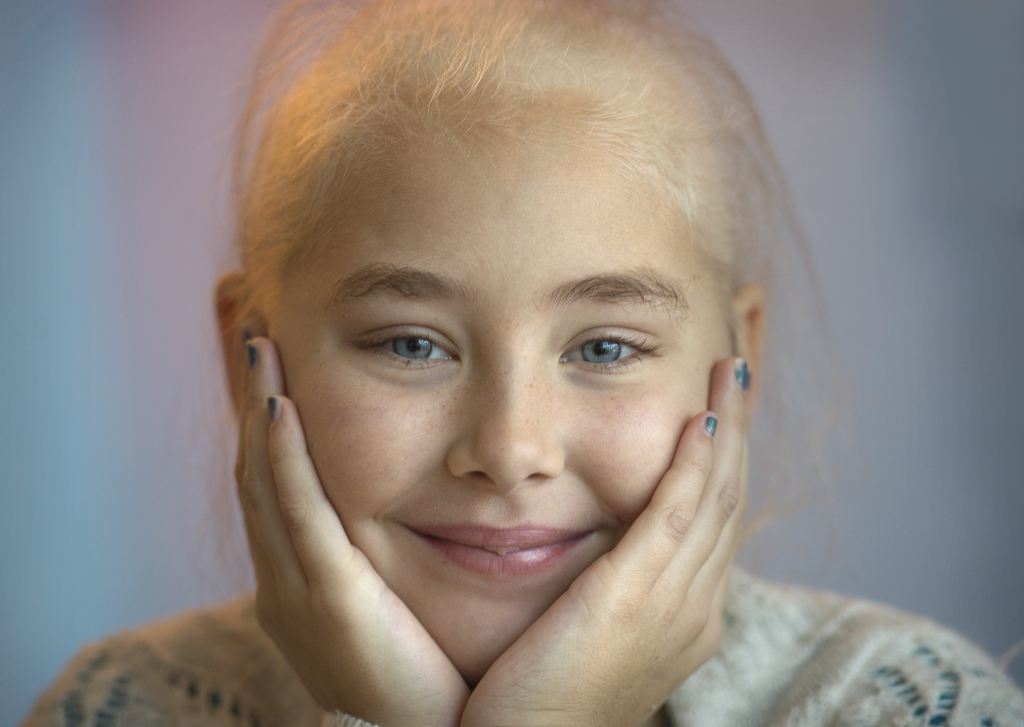
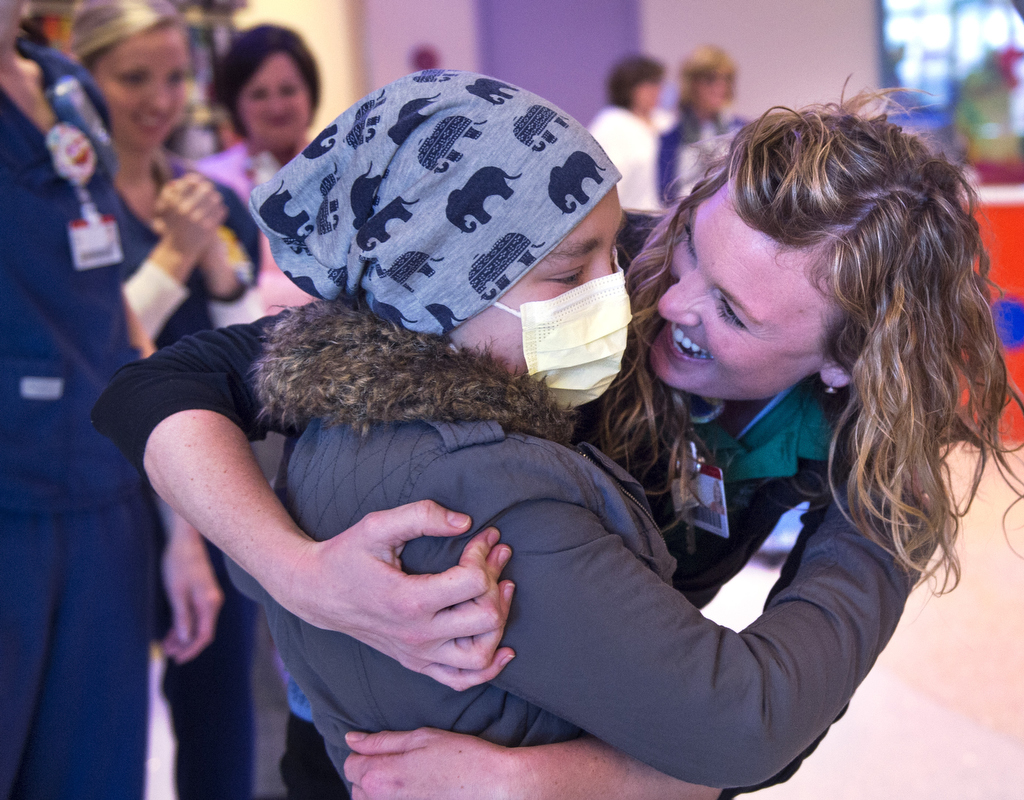
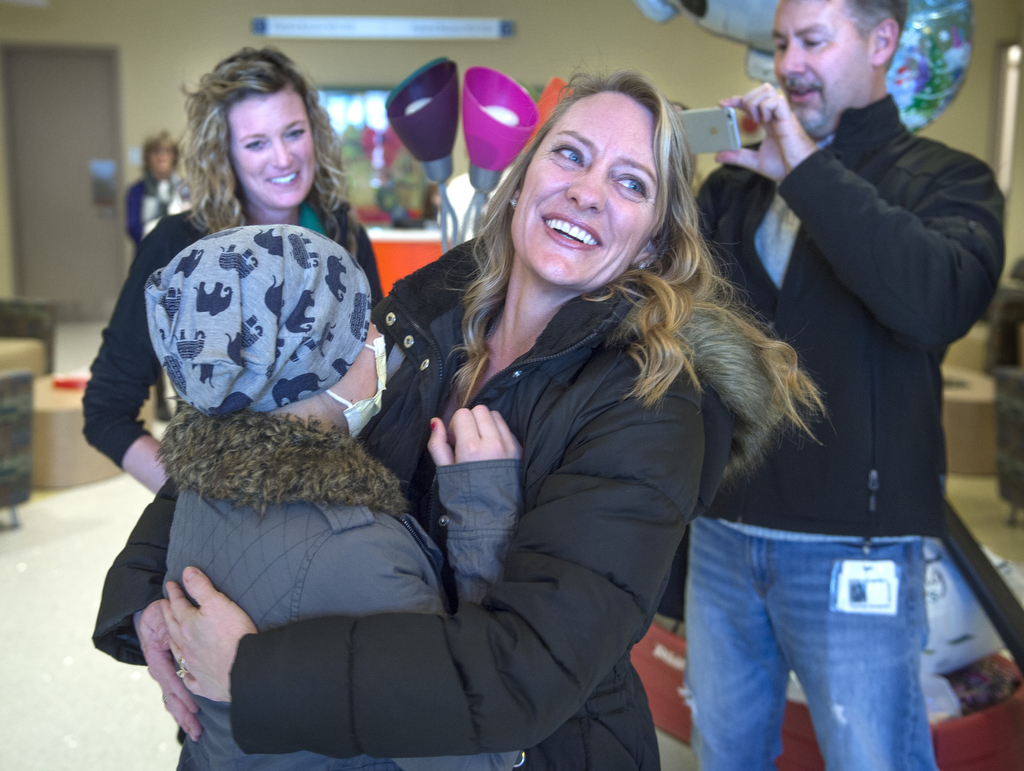
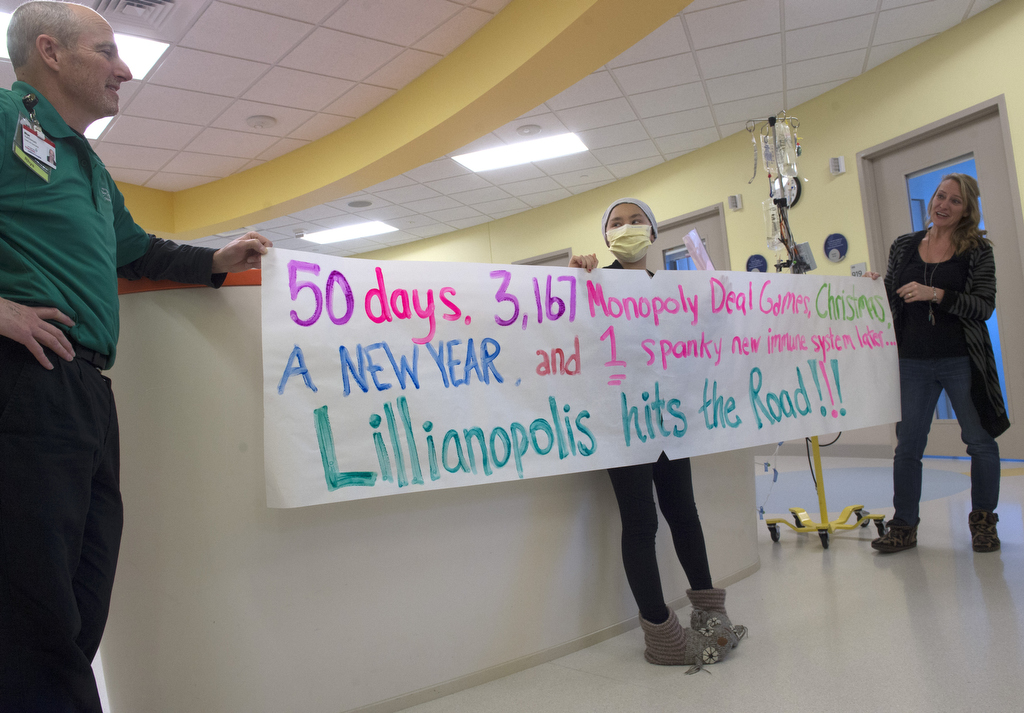
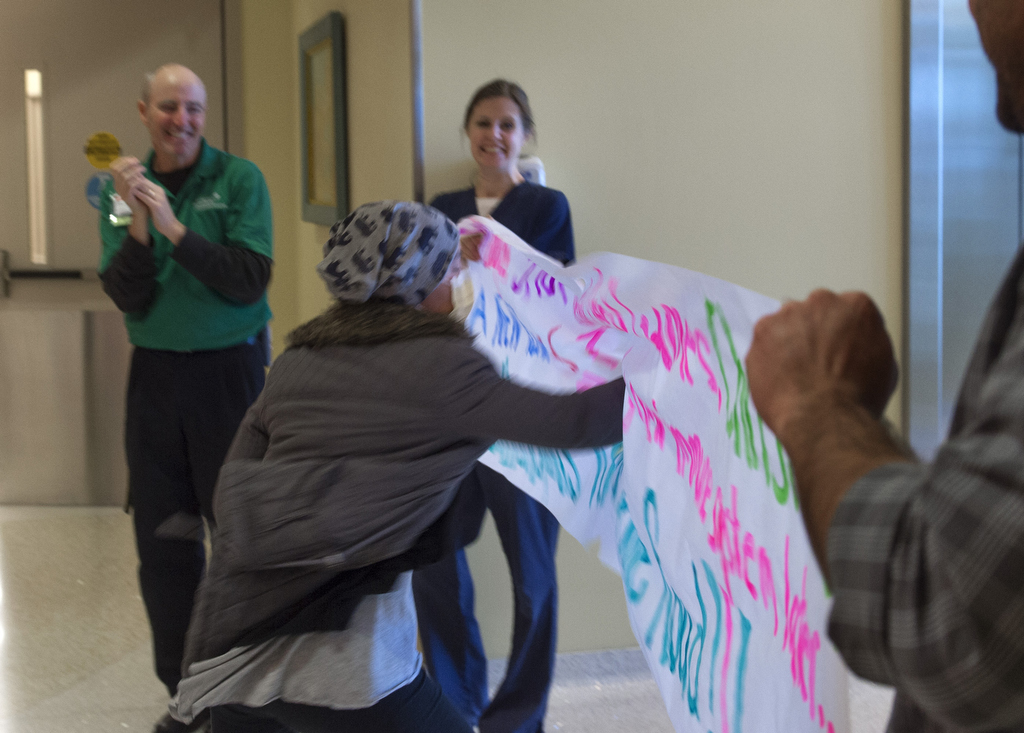
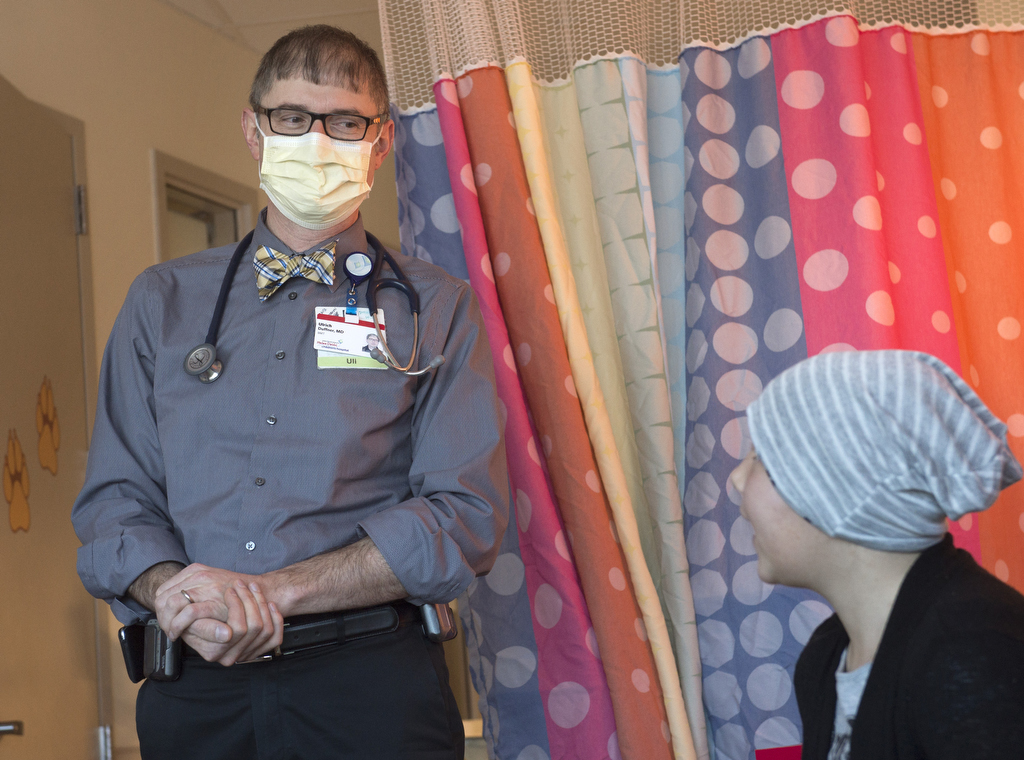

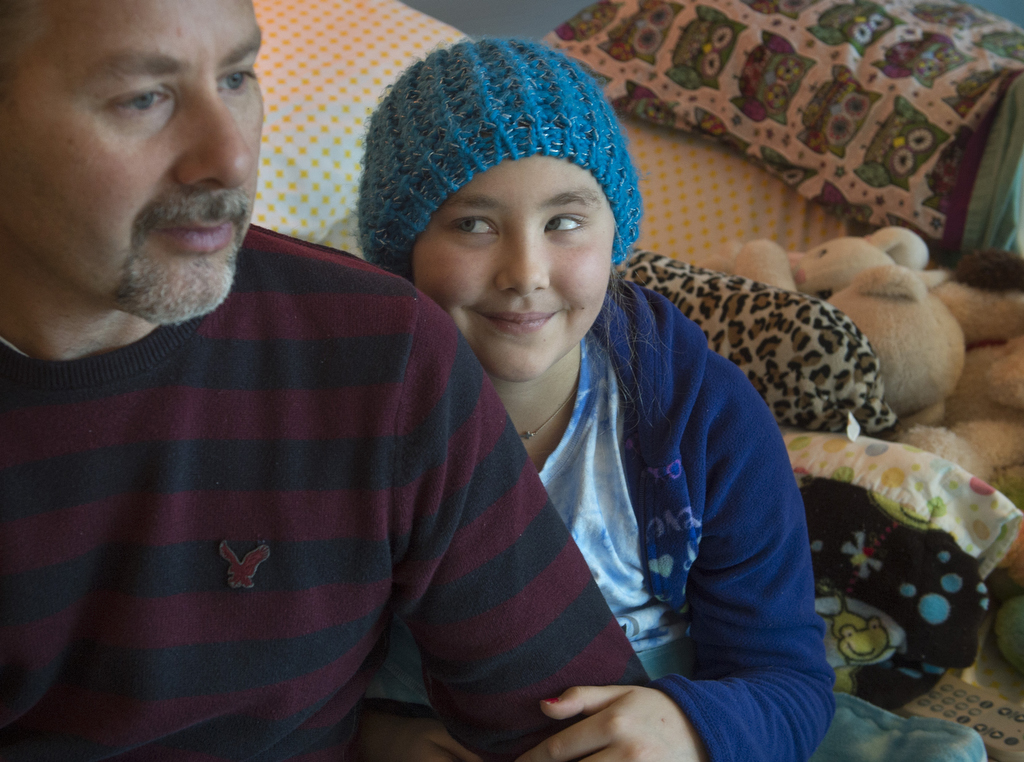
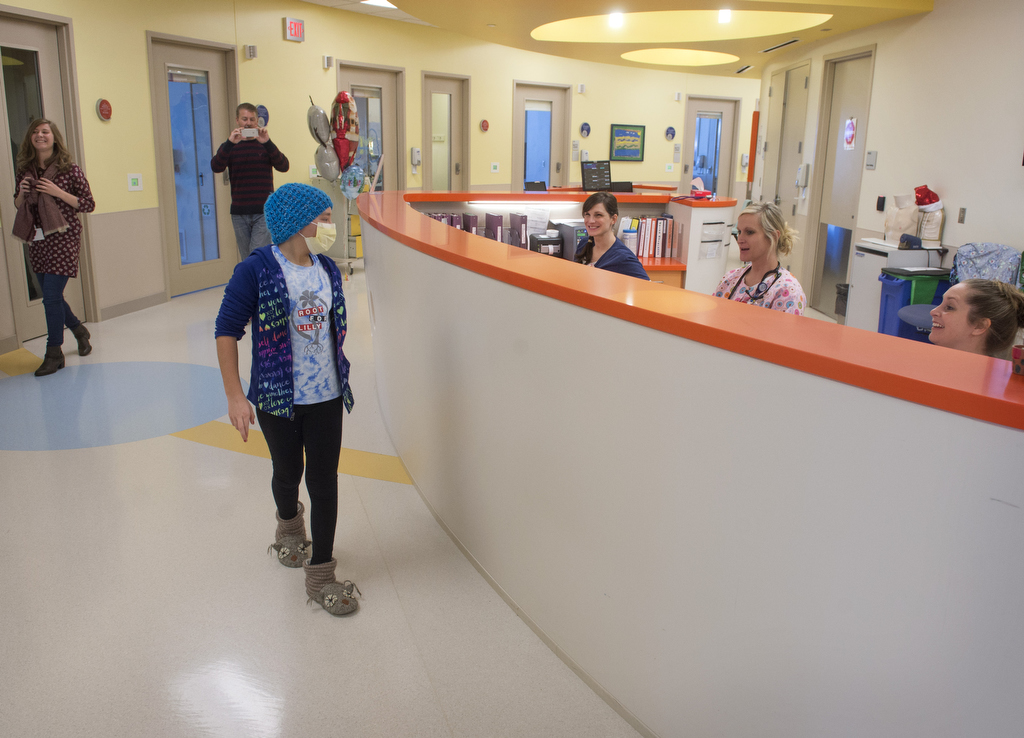
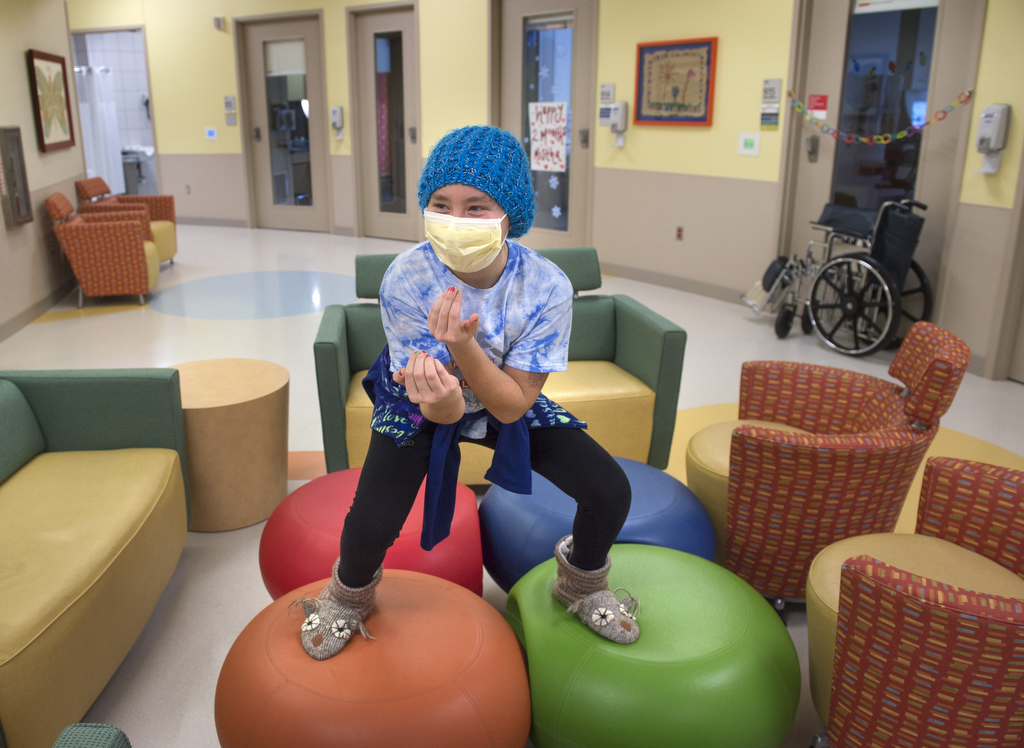
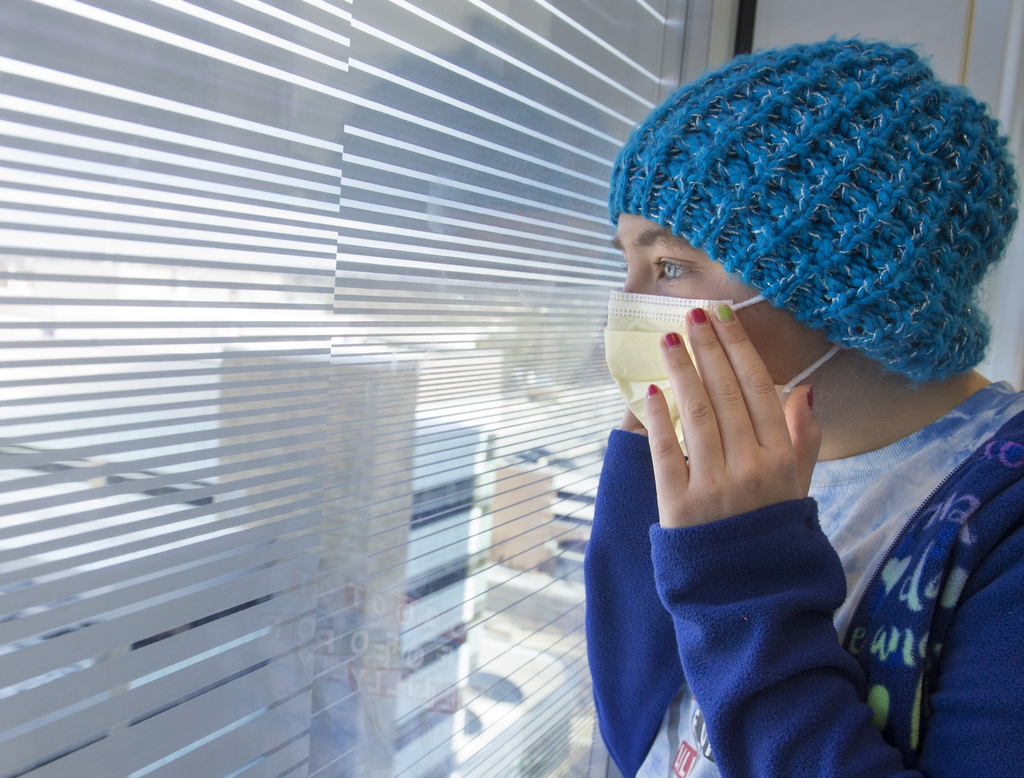


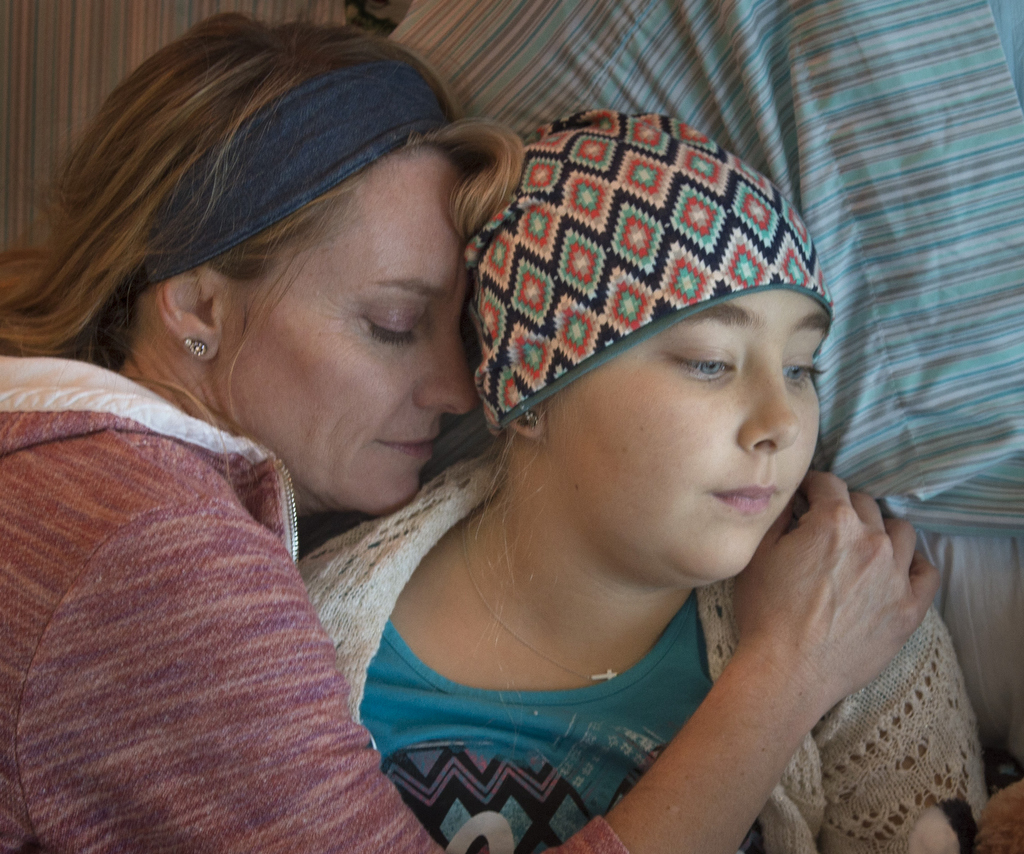


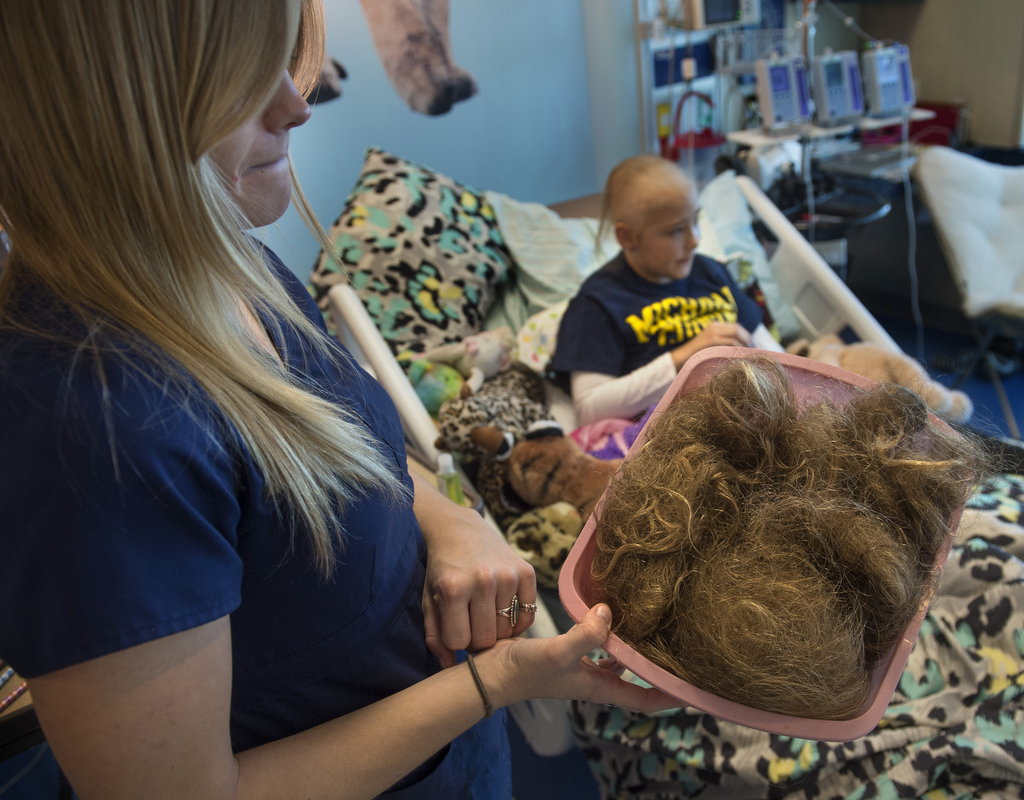


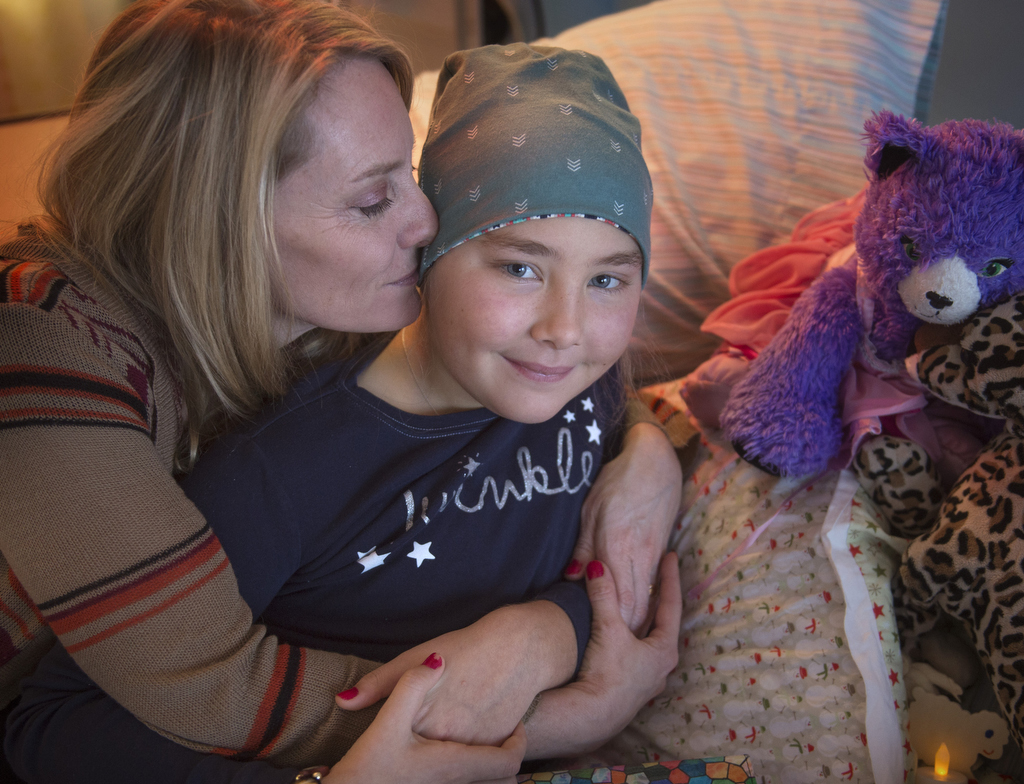
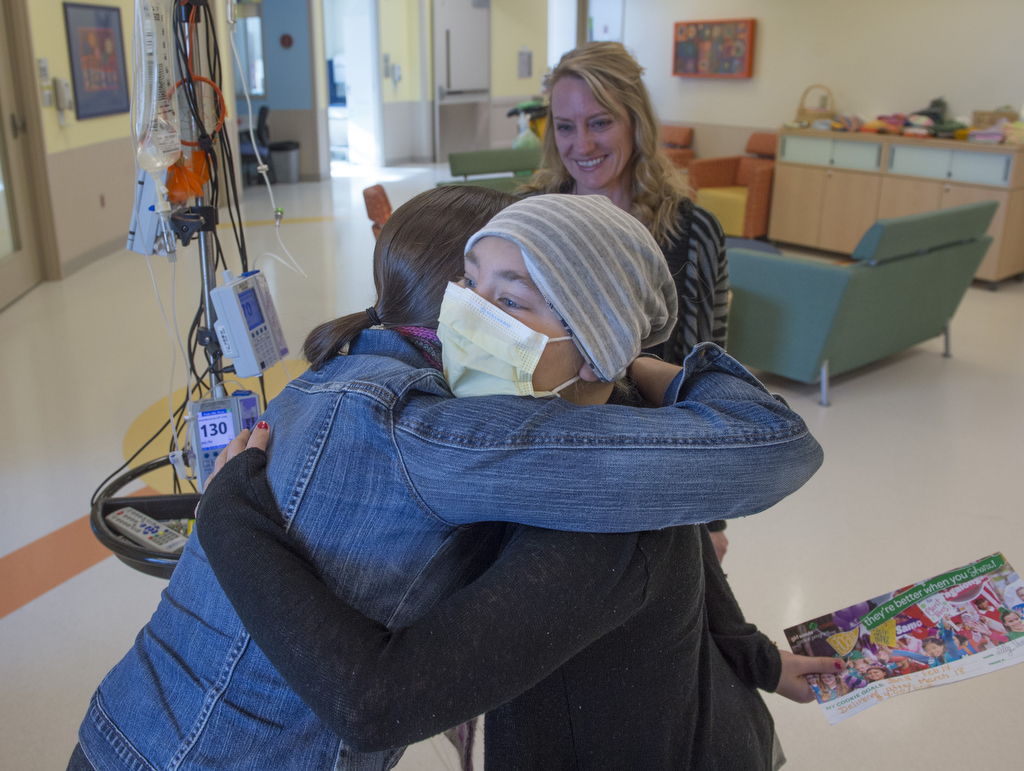

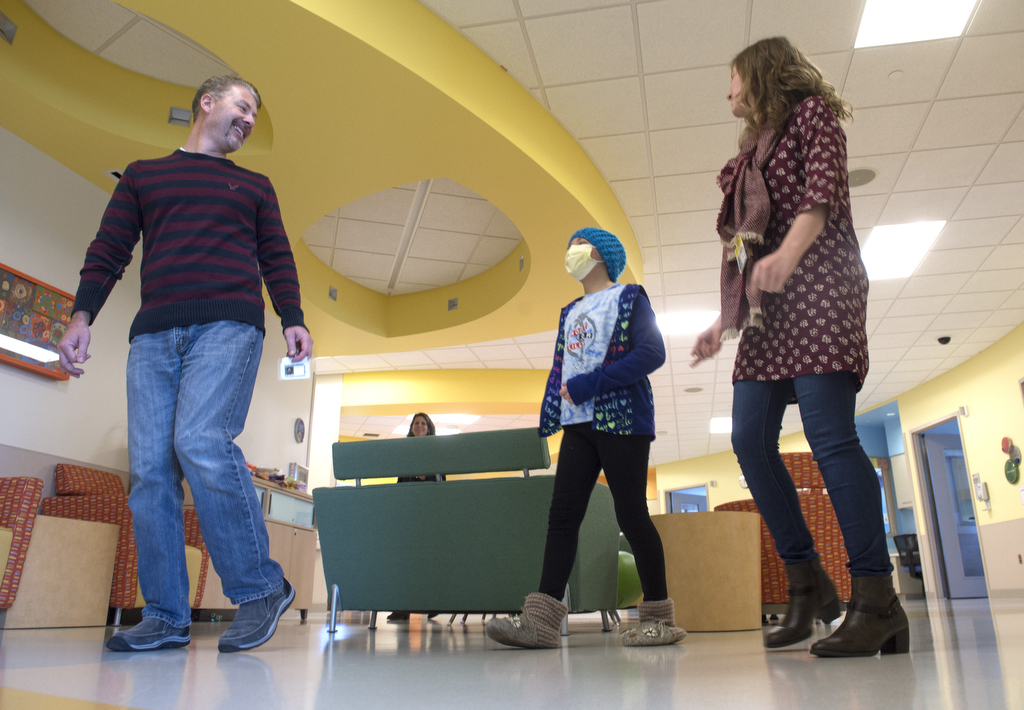
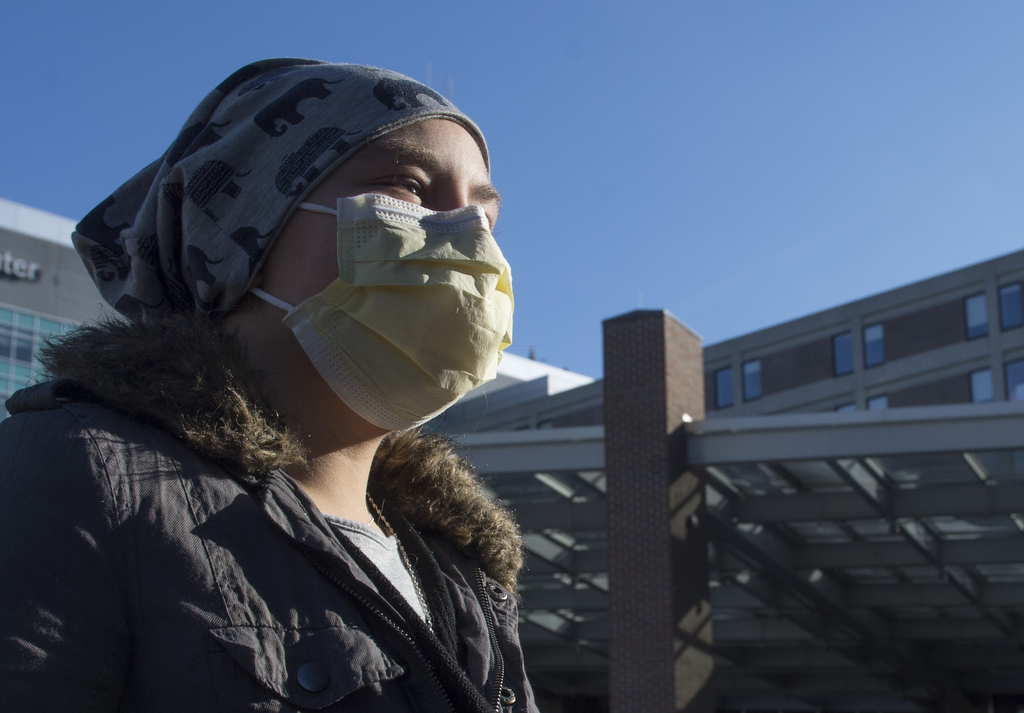


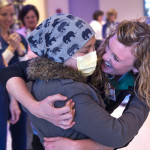

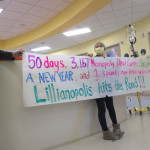

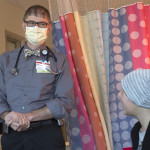



















 /a>
/a>
 /a>
/a>
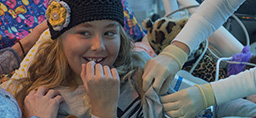 /a>
/a>
There is an old school that used to be sung in the church when I was growing up. I believe it is applicable to you. “There’s s Lilly in the Valley and she’s bright as a morning Star. Somebody say Amen, Amen Amen.”
This is lovely. Thank you for your comment!
Praise the Lord, Praise the Lord, The great Healer. I will continue to pray for complete recovery , God bless all of you who love her. Keep smiling , Lilly.